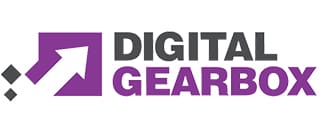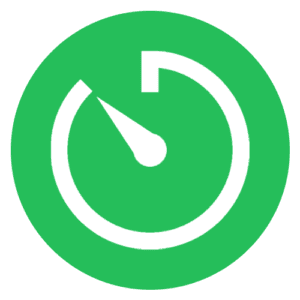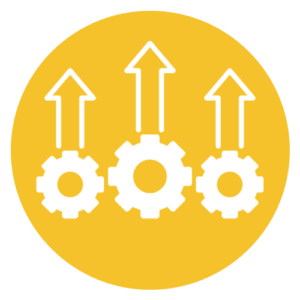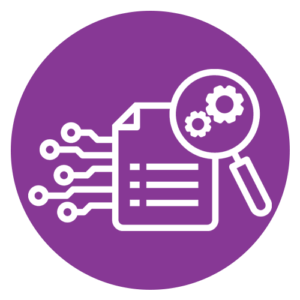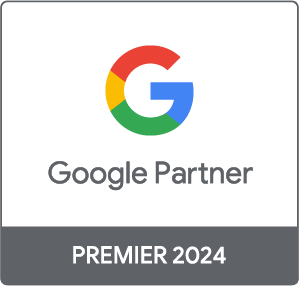Sometimes less is more.
We took on a Google Ads account with over 377,000 keywords, with campaigns in place that were bulky and inefficient and transformed it into a leaner, meaner version of itself that was able to generate more traffic and more profitable sales for the business.
Here’s how we did it.
Who are Bio-Rad Laboratories?
Founded in 1952, Bio-Rad Laboratories are a global leader in developing and manufacturing a wide range of products for the life sciences and clinical diagnostics markets.
Struggling to achieve desired results with their previous agency, Bio-Rad turned to Digital Gearbox, initially to audit their existing campaigns. Following the eye-opening feedback and suggestions on how to improve performance, Bio-Rad swiftly switched agencies, tasking us to implement our audit recommendations to turn things around.
Our solution
Our first priority was decluttering the account. With over 377,000 keywords in it, the previous agency had filled Bio-Rad’s campaigns with every possible phrase in relation to their brand and products that anyone could ever search for.
The trouble is, most would never be searched for, and were unnecessary additions that were inflating the account, which actually made it much harder to understand what was working well.
We looked at what terms had gained impressions and culled the ones that hadn’t, down to a much more manageable volume of around 7,000 terms. We also introduced a more balanced ratio of different keyword match types, with more broad modified terms to allow us to capture those one-off unusual terms, and exact match terms to allow us to more carefully monitor and manage the bids on the top-performing terms.
Next up we removed the keywords and adgroups that were costing money, but failing to bring a positive return. As the client had linked their Google Ads and Google Analytics accounts together, we were able to analyse transactions as conversions and could clearly see where there had been significant spend levels without profitable returns.
Alongside this we updated all their ads in line with Google’s latest best practice, utilising all the expanded text ad fields along with appropriate ad extensions, and implementing a/b/c adtext testing across the account.
Finally, we identified that Remarketing had been working well for them in their US market, but this strategy hadn’t been applied across other geographical target areas. We rolled their Remarketing campaign out across another 15 counties to help them stay in front of those audiences who had recently visited their website, long after they had left.
The results
Reduced click spend
We reduced overall Google click spend costs by 35%, a significant saving they were able to utilise for other marketing channels.
Increased clicks
Despite the reduction in spend, we increased clicks by 26% with click-through rates that were on average 31% higher than the previous year.
Improved revenue
We increased tracked conversion revenue by 13%, improving their return on ad spend (ROAS) by 17%.
What Bio-Rad had to say
The continued success of our work has resulted in a longstanding partnership. Jon Sharman, SEO Specialist at Bio-Rad has been delighted with the results and our collaborative approach:

“Digital Gearbox came in and took over our PPC accounts from a ‘reputable large agency’ who had taken their eye off the ball. They analysed our setup, discussed options and stripped away a large swathe of under-performing keywords and campaigns. They restructured the account and breathed new life into our activities, resulting in a notable improvement in performance across the board.
Since then, their team have always been on the ball and in constant contact – available at short notice, more often than anyone should expect.
Their service and attention to detail is second to none. With Digital Gearbox at the helm and us defining the campaign strategy, it’s proving to be a perfect PPC partnership.”
